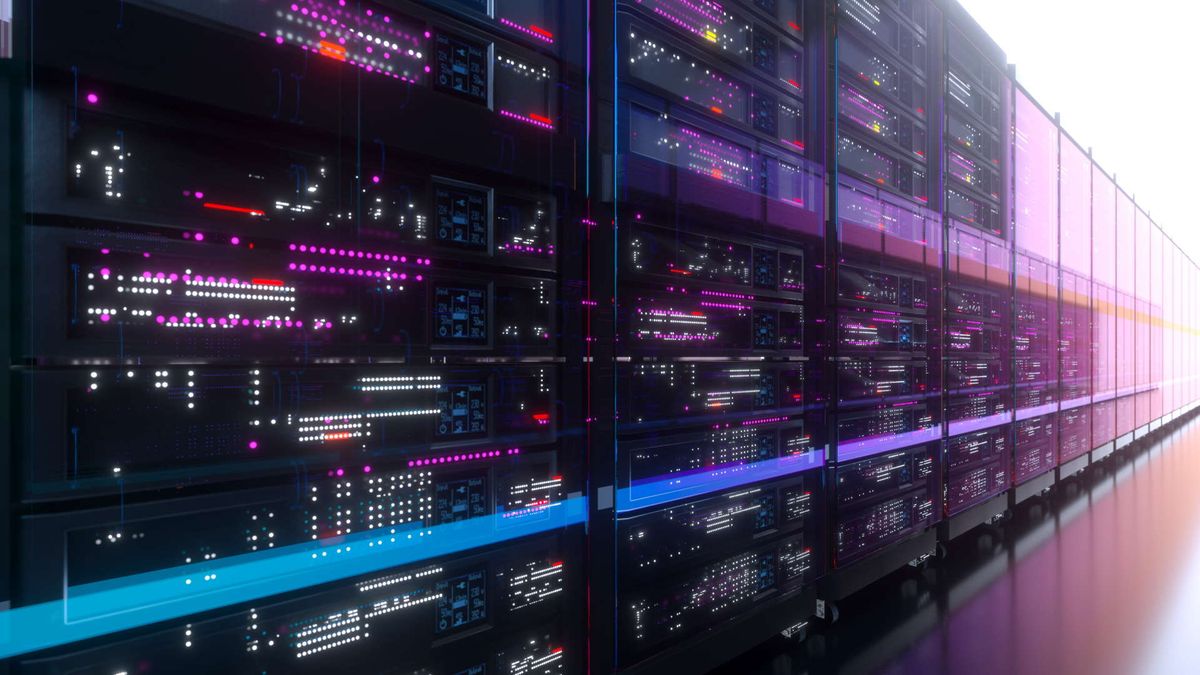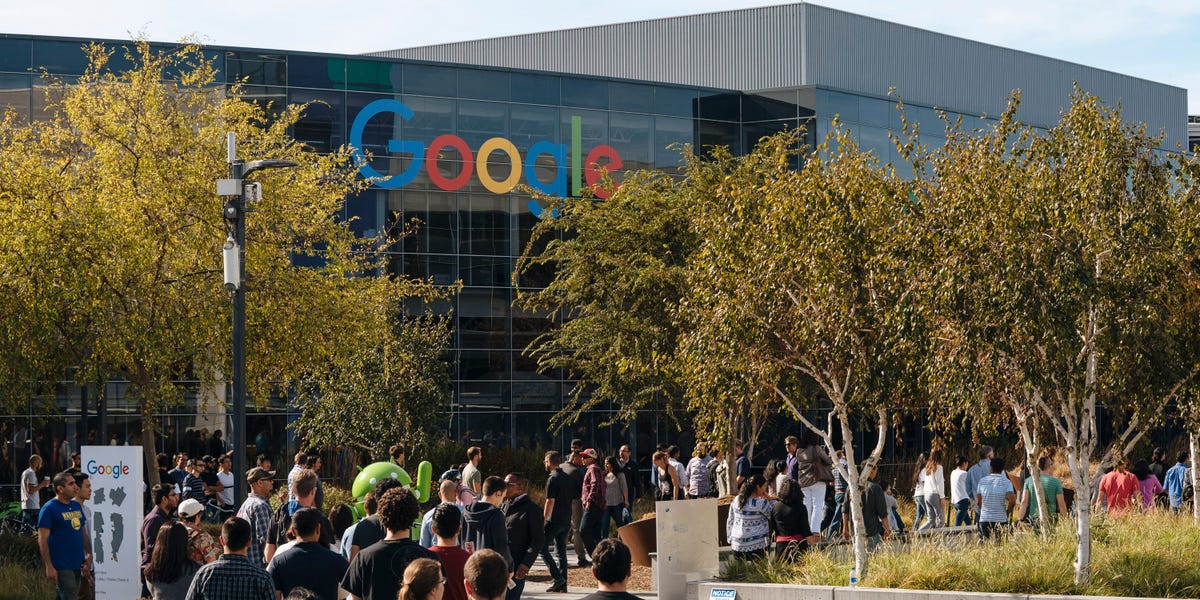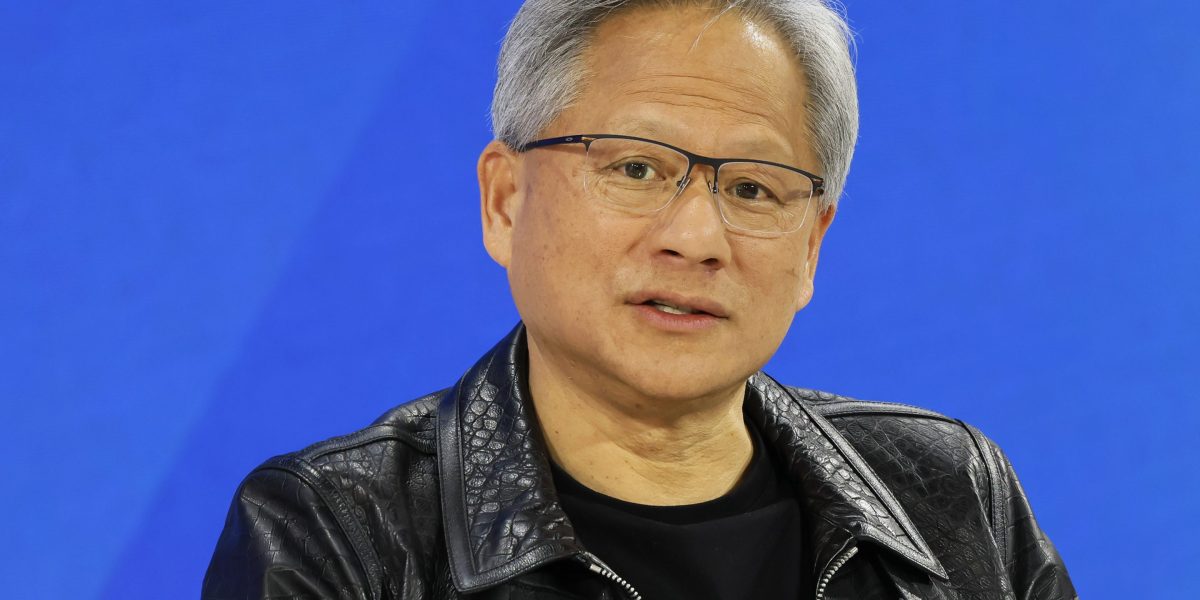In terms of maximum power usage, there has been a noticeable increase in the flagship graphics cards of new generations. The AMD RX 7900 XTX is specified at 355W, while the RTX 4090 could exceed 450W. Similarly, the RTX 3090 Ti is in the same range. Typically, models come with a higher overclocking potential than these figures suggest. However, these numbers represent the latest advancements. Reports suggest that Nvidia’s upcoming generation will introduce the GB200 AI accelerator, which could draw up to 1,000W.
The assertion of 1,000W was attributed to Dell COO Jeffrey Clarke during the Q4 2024 earnings call of the company (via The Register). This claim is not baseless, given Clarke’s authority on the matter.
Clarke mentioned, “Our view on the infrastructure front is that achieving 1,000 watts per GPU does not mandate direct liquid cooling.” This achievement is expected with the B200 in the near future.
It’s worth noting that Clarke mentioned the B200, although Nvidia’s roadmap does not currently include a B200. The next-generation flagship enterprise GPU is the B100, built on the Blackwell architecture. While the GB200, a fusion of the Grace CPU and the B100 GPU, exists, it’s plausible that Clarke may have misspoken and intended to refer to the latter.
Factors like fan speeds, physical dimensions, and power consumption are additional considerations beyond sheer performance, distinguishing datacenter GPUs from consumer gaming GPUs. The focus of the GB200 is primarily on efficiency. Moving forward into 2025 and beyond, the various accelerator variants based on the Blackwell architecture will likely underpin leading AI methodologies.
The significance of AI in the business landscape is undeniable. Nvidia now ranks as the third-largest company globally by market capitalization, surpassing Saudi Aramco and trailing only Apple and Microsoft. This growth trajectory indicates a substantial demand for high-performance AI solutions.
The prospect of a 1,000W PC graphics card seems astounding. As 450W emerges as the new standard for high-end gaming GPUs, further advancements are anticipated. The idea of a standard ATX PC accommodating such power levels appears challenging. Should Nvidia introduce an RTX 4090 Ti, a power draw of 600W or higher could become a reality, surpassing the previous 500W threshold. Leaked images hint at an extensive rear casino cooler for the Founders Edition.
Personally, the concept of cards with such high power requirements is concerning. Even with a 450W RTX 4090, my office space becomes noticeably warmer during extended usage. The implications of a 600W+ card during peak summer months are unsettling.
Irrespective of the specifics of the upcoming RTX 5090, it is expected to be a formidable card. The trend suggests rear gaming or AIO cooled cards may become more prevalent, particularly for overclocked models utilizing high-end Blackwell-based GPUs with TDPs exceeding 500W.
In conclusion, while cards like the RTX 5060 and RTX 5070 maintain a balance of energy efficiency and performance per watt, offerings such as the RTX 4060 and recently launched RTX 4070 Super continue to cater to diverse consumer needs.










